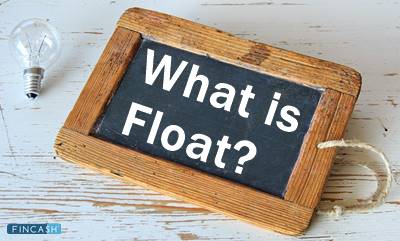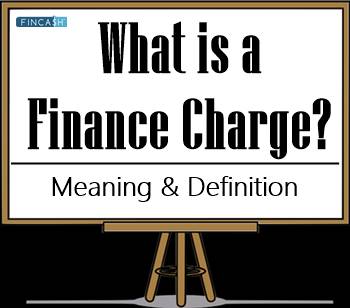What is a Floating Charge?
A floating charge is a security charge placed on a corporation's or a limited liability partnership’s variable asset to secure debt. It is placed on assets that are subject to change in the usual course of business. It allows businesses to get financing that is backed by a dynamic asset. The value and amount of dynamic assets are not fixed, and they can be exchanged, sold, and/or disposed of at any time throughout the life of the firm, even without the lender's permission.

Thus, ensuring a higher degree of freedom than fixed charge.
Examples of Floating Charges
A floating charge is an interest rate that is applied to non-constant or variable assets of a firm. Floating charges include the following:
- Inventory and stock
- Trade debtors
- Movable assets like Plant and machinery
- The business's furniture, fixtures, and fittings
Note: Lenders can try to categorise various things on the above list as fixed charges, although they only have a floating charge over the specific firm assets.
Understanding Floating Charges
Floating charges provide business owners access to finance that is backed by circulating or dynamic assets. The assets Underlying the floating charge are current short-term assets that are typically used within a year by a firm. The existing assets protect the floating charge while allowing the corporation to use those assets to operate its business.
For instance, the cash used as Collateral for a loan, the cash amount will fluctuate as the business operates. The cash balance's amount and worth will fluctuate over time.
Talk to our investment specialist
Defaults of a Floating Charge
If a borrower fails a payment, the lender has the option of issuing a demand for repayment against the floating charge. The Bank will be able to enforce the charge as a result of this. Previously, this was usually handled by appointing an administrative receiver, but now it is far more frequent to appoint an administrator. If the firm issues notice of liquidation or otherwise defaults on the floating charge, it is typically considered a Default.
Few examples of defaults are:
- The firm announces its plan to file for Bankruptcy.
- The company fails to make a payment to the bank.
- Breach of the loan's other terms and conditions.
Difference Between Fixed and Floating Charge
Before enlisting the differences between the two terms, let’s just quickly recall the meaning of both the terms. A floating charge is a term related to assets with a quantity and value that might vary on a regular Basis like Stock, debtors, and movable equipment and machinery, which are used as security for indebtedness. On the other hand, if a debt is subject to a fixed charge, the loan will be secured by a significant and recognisable physical asset such as Land, property, cars, plant, and machinery. Here are the major differences:
- In the event of Insolvency, a fixed charge is always preferred over a floating charge.
- A fixed charge asset cannot be sold or transferred without the consent of the charge holder. Until a floating charge crystallises and becomes fixed, it can be sold, transferred, or disposed of.
- A fixed charge is associated with a single tangible asset, whereas a floating charge is dynamic and applies to the whole firm's profits.
Conversion of Floating Charge to Fixed Charge
In most cases, physical assets, such as property or equipment are utilised to secure a fixed charge. If the borrower fails to meet the conditions of the agreement, the lender may seize the asset to recoup the unpaid loan amount. A mortgage, for example, is taken out against a property, and if the borrower fails to satisfy his or her repayment obligations, the bank will seize the property and sell it to recoup the loan balance.
The floating charge immediately converts to a fixed charge if the firm fails to repay the security interest or goes bankrupt. Crystallization is the term for this transformation. The underlying assets cannot be sold or utilised by the firm in its business activities after a floating charge is changed to a fixed charge.
If the company collapses or if the giver and receiver go to court and the court appoints a receiver, then crystallization happens. The asset can no longer be sold after the floating charge crystallises and the lender takes ownership of the asset.
All efforts have been made to ensure the information provided here is accurate. However, no guarantees are made regarding correctness of data. Please verify with scheme information document before making any investment.












